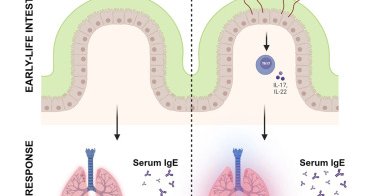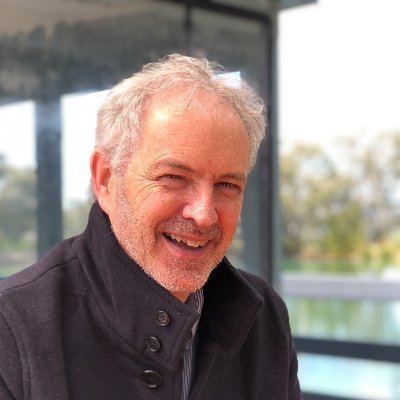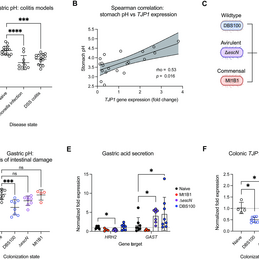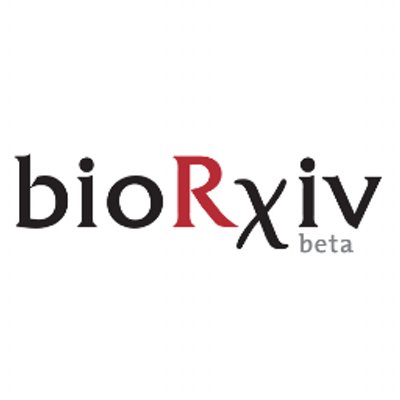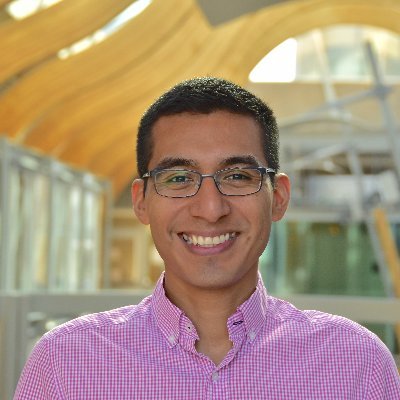
Antonio Serapio-Palacios
@_AntonioSerapio
Followers
388
Following
523
Media
2
Statuses
121
Research Associate | @ubcmsl | @FinlayLab | he/him | Investigating bacterial secretion systems and their secreted effectors/toxins 🦠🧪🧬 | 🇲🇽 🇨🇦
Vancouver, British Columbia
Joined September 2010
Exciting news! I will be joining @ucdavis as an Assistant Professor in the Department of Microbiology and Molecular Genetics in March 2025. This is a dream come true, and I can’t wait to dive into exciting research and collaborations. Let the adventure begin!
47
30
428
So great to connect with new colleagues at the @ucdavis eMCDB retreat! What an awesome #newPI crew! @accorsi_alice @MartineTherrie4 @A_CharlesOrszag @_AntonioSerapio
3
3
40
You can access the paper here: Secretory IgA in breast milk protects against asthma through modulation of the gut microbiota: @CellReports
cell.com
Donald et al. show that maternal-milk-derived SIgA limits colonization with the immunogenic genus segmented filamentous bacteria (SFB) in the neonatal gut. In the absence of maternal SIgA, a transi...
0
0
0
It's been a pleasure collaborating with @Kate_Donald_ , who will soon be seeking postdoctoral opportunities. I highly recommend her for any lab looking for a driven and brilliant researcher passionate about mucosal immunology, infectious diseases, and the microbiome!
2
0
1
Excited to share our latest research led by talented PhD candidate @Kate_Donald_ ! We found that secretory IgA in maternal milk restricts the growth of segmented filamentous bacteria (SFB) early in life, influencing immune development and protecting against asthma.
Excited to share our latest work published in @CellReports! We found that SIgA in maternal milk promotes immune development and protects against a mouse model of asthma by targeting and limiting SFB in the mouse gut. @UBCMicroImmuno @ubcmsl @FinlayLab
1
0
2
Starting a #PhD? You need to read this article about: The care and maintenance of your adviser/supervisor. Download the Nature article on this topic here. https://t.co/xFnzQWEt5p
#PhDchat #PhDforum #postgrad #VitaeCon2024
9
192
749
We're excited to share that Dr. Leonard Foster (@lenjf) has been awarded a nearly $4.5M grant through the @NSERC_CRSNG and @SSHRC_CRSH Sustainable Agriculture Research Initiative. Learn more about Dr. Foster’s project focused on honey bee sustainability: https://t.co/YS7PAvb9Oi
4
5
34
THREE assistant professor positions in microbiology at Yale! (3/3) Microbe-Immune Interaction - Microbial Sciences Institute in partnership with @YaleIBIO
https://t.co/k3qmLIn5Gh, deadline 11/1/24 Please RT and apply!
1
102
149
Revised version out now in @PLOSBiology! https://t.co/riLKiE0CuR
journals.plos.org
Enteric pathogens navigate distinct regional micro-environments along the intestinal tract. This study shows that intraluminal intestinal pH is an important spatial driver of virulence and adaptive...
Latest preprint from @FinlayLab on pH adaptation in Citrobacter rodentium feat. surprising host pH responses post-infection. Huge shoutout to stellar undergrad researchers @LaurelMNeufeld and @WennyFeng and of course, our whole team (@jorgepena9 @_AntonioSerapio & Isabel Tarrant)
2
4
8
Very excited to share our latest research published today in @NatureMicrobiol. We show that glutathione helps modulate the redox conditions required for cryptotoccal virulence. Thanks again to everyone involved for all of your hard work, and to @UBCMicroImmuno @ubcmsl!
OUT NOW Glutathione-mediated redox regulation in Cryptococcus neoformans impacts virulence by the Kronstad lab
1
5
15
Looking for an exciting lab to do your postdoc and receive support to do your best science?! 🧪 Come have fun in Austin @ut_mbs while trying to solve the molecular mechanisms of (micro)biological conflicts! https://t.co/PGOf8W3ddA… Please RT!
3
35
47
My best article @ScienceMagazine. It took ~1 year for me to publish it since its 1st submission. I hope it will positively change the #culture. I hope you will work together with me to make a better world for the next #generations. Please retweet broadly. https://t.co/EGEC6HC7hg
science.org
“I learned to spend more time trying than worrying,” this scientist writes
72
295
1K
Latest preprint from @FinlayLab on pH adaptation in Citrobacter rodentium feat. surprising host pH responses post-infection. Huge shoutout to stellar undergrad researchers @LaurelMNeufeld and @WennyFeng and of course, our whole team (@jorgepena9 @_AntonioSerapio & Isabel Tarrant)
Pathogen and host adapt pH responses during enteric infection https://t.co/j3ieDBuJsQ
#biorxiv_micrbio
0
3
6
I am very excited to share our new @NatureRevMicro review on the gut microbiota and its biogeography. Fantastic work by Ellie McCallum compiling decades of research together! https://t.co/JaMlOdM3Xx
9
139
597
Great GRC Salmonella meeting, Great (parcial) Finlay's lab reuniun
3
3
43
Excited to share our latest review on the role of the gut microbiota in immune development! @FinlayLab @NatRevImmunol
Early-life interactions between the microbiota and immune system: impact on immune system development and atopic disease https://t.co/wRfAptkmkH
1
5
17
On March 15, leaders from across BC’s biotech sector gathered at #UBC to celebrate the launch of Canada’s Immuno-Engineering and Biomanufacturing Hub. Learn more: https://t.co/Hjau6oAo8W.
2
7
30
Excited to share my latest preprint! 🎉 Here we show that Quorum Sensing plays a critical role in regulating bacterial virulence during infection and also that QS signals accumulate dynamically across the gut, enabling behavior regulation based on infection stage and location! 🦠
Quorum Sensing Modulates Bacterial Virulence and Colonization Dynamics During an Enteric Infection https://t.co/UhxeryS8BA
#biorxiv_micrbio
1
4
30
This project wouldn’t have been possible without the help of @swoodww, @EmmaAllenVercoe, and the rest of our co-authors. We are immensely grateful to all of you! #microbiota #pathogen #EHEC #metabolites
@ubcmsl @UBCMicroImmuno @FinlayLab
2
0
3
The results provide valuable insight into the molecular mechanisms behind EHEC's adaptation to the host environment and could open new avenues for developing therapies to prevent infectious diseases.
1
1
2


